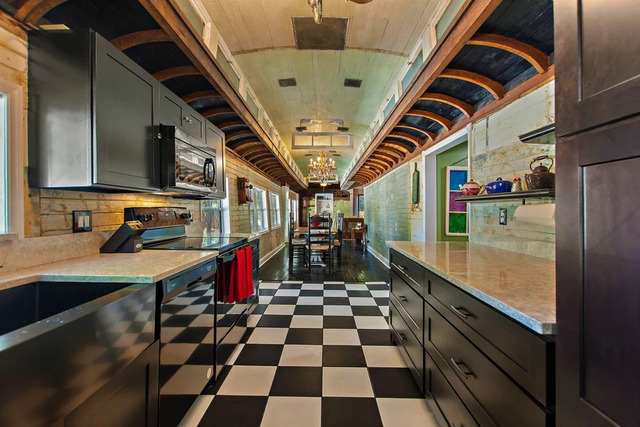BULOW PLANTATION RUINS HISTORIC STATE PARK
In 1836, the Second Seminole War swept away the prosperous Bulow Plantation where the Bulow family grew sugar cane, cotton, rice, and indigo. Ruins of the former plantation-a sugar mill, a unique spring house, several wells, and the crumbling foundations of the plantation house and slave cabins-show how volatile the Florida frontier was in the early 19th century. Today, a scenic walking trail leads visitors to the sugar mill ruins, listed on the National Register of Historic Sites. The park has picnic facilities and an interpretive center that tells the plantation's history. A boat ramp provides access for canoes and small powerboats to scenic Bulow Creek, a designated state canoe trail. Anglers can fish from the dock or a boat. The park is open Thursday through Monday from 9:00 a.m.-5:00 p.m. daily. Located three miles west of Flagler Beach off County Road 2001(Old King's Road), between State Road 100 and Old Dixie Highway.
In 1821, Major Charles Wilhelm Bulow acquired 4,675 acres of wilderness bordering a tidal creek that would later bear his name. Using slave labor, he cleared 2,200 acres and planted sugar cane, cotton, rice and indigo. Major Bulow died in 1823, leaving the newly established plantation to his seventeen year old son, John Joachim Bulow.
After completing his education in Paris, John Bulow returned to the Territory of Florida to manage the plantation. Young Bulow proved to be very capable. John James Audubon, the famous naturalist, was a guest at the plantation during Christmas week 1831. In a letter to a patron, Audubon wrote:
"Mr. J.J. Bulow, a rich planter, at whose home myself and party have been for a whole week under the most hospitable and welcome treatment is now erecting some extensive buildings for a sugar house." Bulowville, Florida December 31, 1831.
Bulow?s sugar mill, constructed of local "coquina" rock, was the largest mill in East Florida. At the boat slips, flatboats were loaded with barrels of raw sugar and molasses and floated down Bulow Creek to be shipped north. This frontier industry came to an abrupt end at the outbreak of the Second Seminole War. In January 1836, a band of raiding Seminole Indians, resisting removal to the West, looted and burned the plantation. It would never recover. Bulow returned to Paris where he died the same year.
Today, the coquina walls and chimneys of the sugar mill remain standing as a monument to the rise and fall of the sugar plantations of East Florida.


